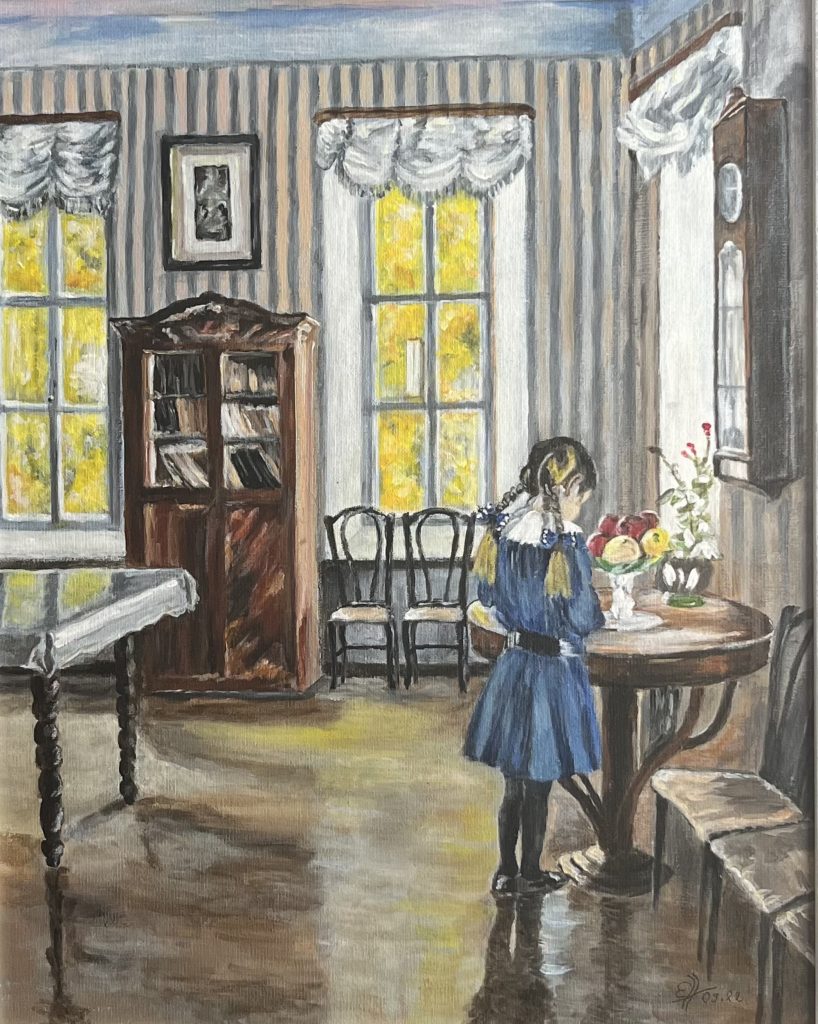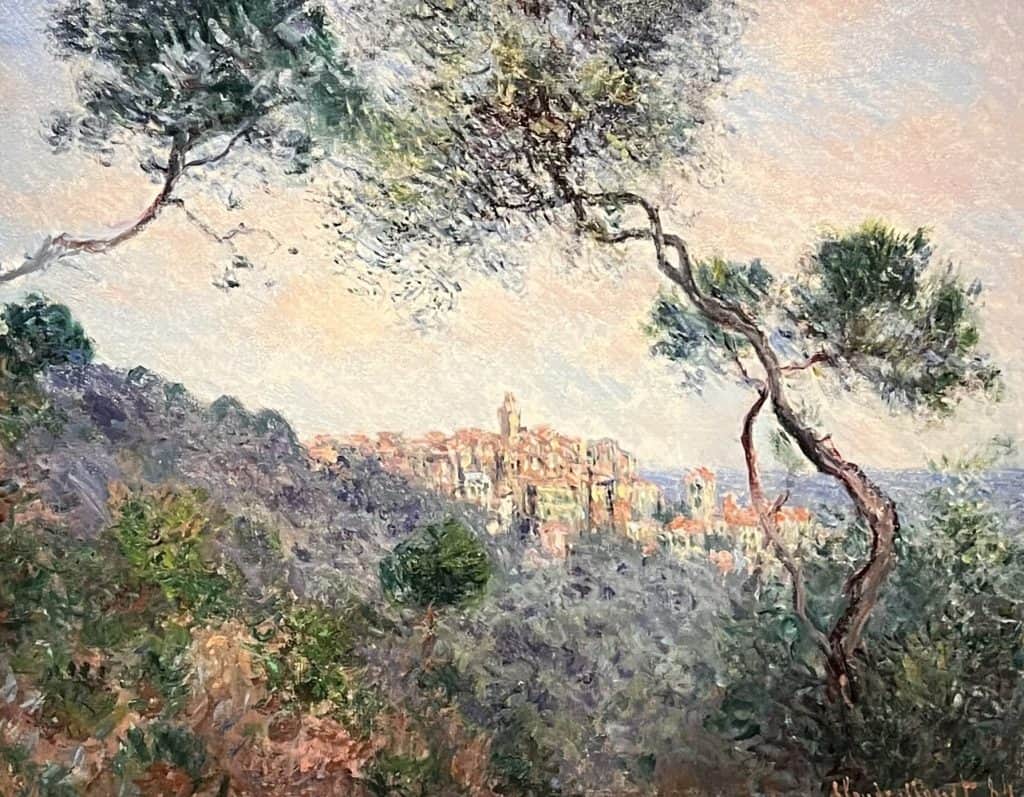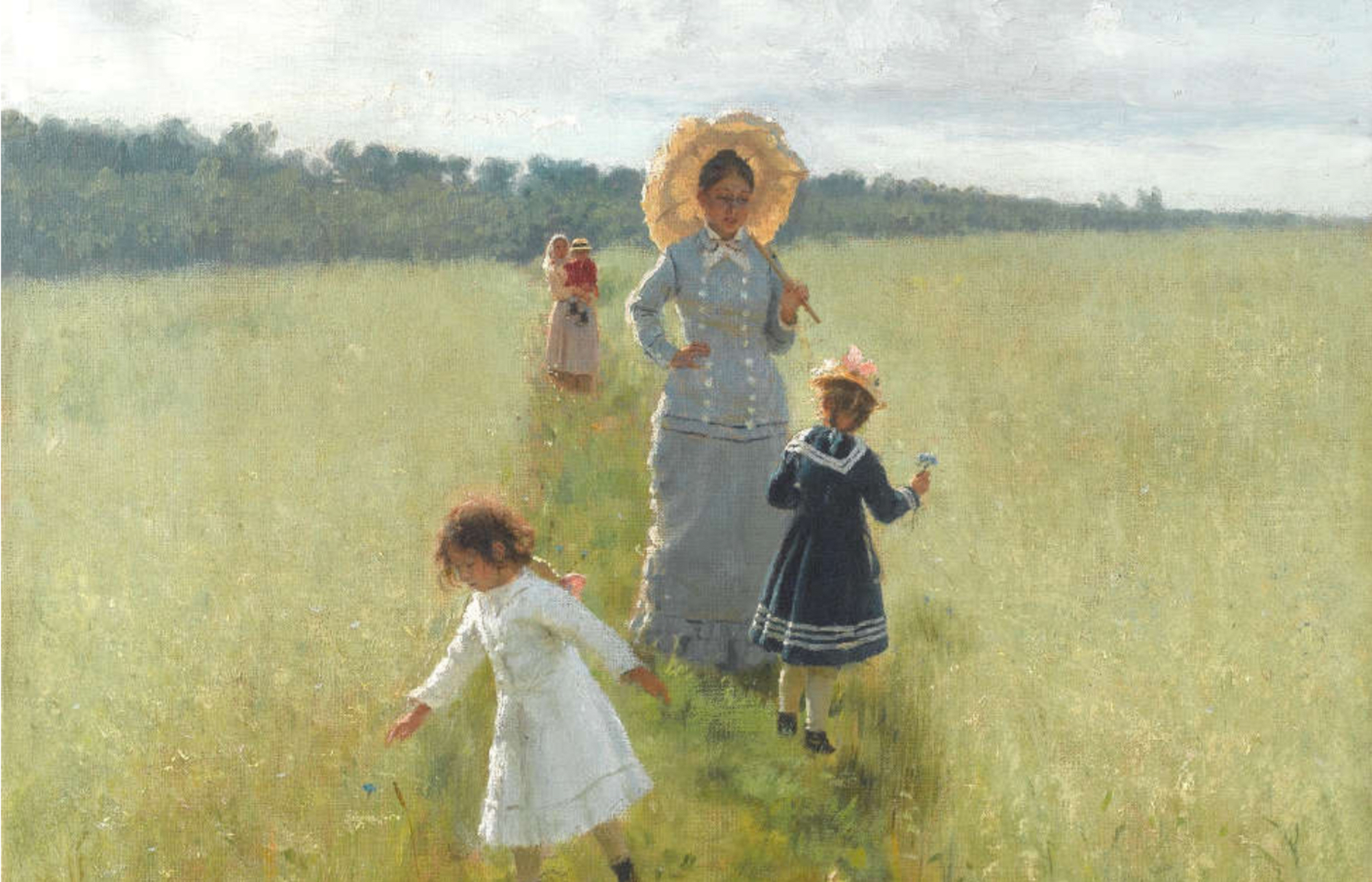Impressionism was a major art movement that developed mainly in 19th century painting. It originated in France and broke with traditional academic conventions and ideas of art.
Impressionism was characterised by particular features:
Depiction of light and atmosphere: impressionists were particularly interested in the effect of light and atmosphere on their subjects. They sought to capture the fleeting, changing impressions of the moment and to depict the visual effects of light and shadow on colours and shapes. The artists used bright colour palettes, short, visible brushstrokes and the blending of colours on the canvas to convey the visual impressions and vibrancy of their subjects.
Free brushstrokes: In contrast to the smooth, academic painting techniques of the time, the Impressionists used short, visible brushstrokes. Rather than meticulously elaborating details, they juxtaposed brushstrokes to create a greater visual blend when the viewer looked at the paintings from a distance. This technique allowed the artists to vividly depict movement and lighting effects.

Everyday scenes and outdoor painting: Impressionists were interested in depicting modern life and often favoured scenes from everyday life. They often painted outdoors to capture direct impressions of nature and to study the changes in light and atmosphere at different times of day and weather conditions. By painting outdoors, they were better able to capture the vibrancy and ephemeral aspects of nature.
Focus on snapshots: Impressionists favoured snapshots of the moment rather than carefully arranged compositions. They sought to capture the spontaneous and fleeting nature of life, and often focused on moments of transition or movement. This created an atmosphere of immediacy and authenticity in their works.

The Impressionists initially met with rejection and criticism from the established art world, as their painting was considered too unconventional and provisional. However, over time, Impressionism gained popularity and influence. The Impressionists revolutionised art by redefining the perception and interpretation of colour, light and atmosphere in painting. They laid the foundation for other artistic movements of the 20th century and significantly influenced modern art.


0 Comments